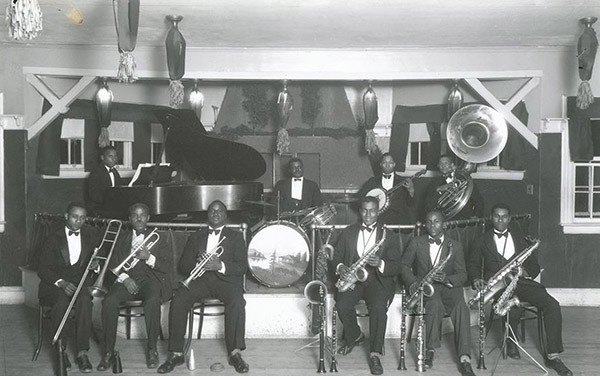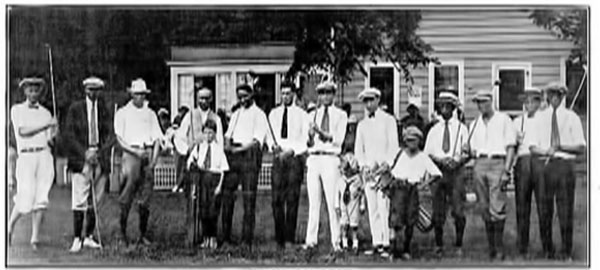Nestled in Scotch Plains, New Jersey, the Shady Rest Golf & Country Club holds the distinguished title of being the oldest African American golf club in the United States. From the 1920s through the 1960s, it served as a vibrant hub for the black middle-class society in New Jersey, drawing members from as far south as the Carolinas to partake in its numerous amenities.
The origins of Shady Rest trace back to the Ephraim Tucker Farm, a 31-acre plot that was sold to the Westfield Golf Club. The club members transformed the land into a nine-hole golf course and repurposed the farmhouse into a clubhouse. On September 21, 1921, the Progressive Realty Company, Inc., a group of black investors that included Scotch Plains resident Henry Willis Sr., purchased the club and renamed it the Shady Rest Golf and Country Club.
During a period marked by intense racial segregation, Shady Rest emerged as a sanctuary for African Americans seeking recreational and social activities. The club offered golfing, croquet, skeet shooting, horseback riding, and tennis to African American residents from surrounding New Jersey communities. Its motto, “A Place For Us,” underscored its commitment to providing a welcoming space for black society. Esteemed black activists such as W.E.B. DuBois often lectured at the club, enhancing its status as a cultural and intellectual hub.

Located just thirty miles west of New York City, Shady Rest’s inclusion in The Negro Motorist Green Book further elevated its prominence. The clubhouse became a favored destination for many notable black entertainers, including Cab Calloway, Ella Fitzgerald, Louis Armstrong, Duke Ellington, Billy Eckstein, Count Basie, Sarah Vaughn, Chick Webb, and Billie Holiday. These luminaries not only performed at Shady Rest but also enjoyed the exclusivity and respite it offered. Additionally, the club’s tennis pavilion played a crucial role in the development of Ora Washington and Althea Gibson, the first African Americans to win a grand slam title.
Shady Rest also holds a significant place in golf history. In 1925, it hosted the first National Colored Golf Championship, sponsored by the United States Colored Golfers Association. The association, founded earlier that year, was led by B.C. Gordon, who also served as Shady Rest’s president. John Shippen, the club’s head professional golfer and groundskeeper, brought further prestige to the club. Shippen, an African American of Jamaican descent, made history in 1896 as the first black professional golfer to compete in the U.S. Open. He played in five U.S. Opens before settling in Scotch Plains in 1931, where he managed Shady Rest until his retirement in 1960.
In 1964, following a legal battle, the township of Scotch Plains acquired ownership of the club, making the grounds public and racially integrated. The club was renamed the Scotch Hills Golf and Country Club. Despite threats of demolition in 2013, the clubhouse still stands today, thanks to the efforts of local residents who formed The Preserve Shady Rest Committee. Their fundraising efforts led to the renovation and restoration of the clubhouse, which now houses a small museum dedicated to John Shippen and his contributions to golf history. Shady Rest remains on New Jersey’s list of endangered landmarks, with hopes of being declared a historical landmark.
The Shady Rest Golf & Country Club’s rich history and enduring legacy stand as a testament to the resilience and achievements of African Americans in the face of adversity.






